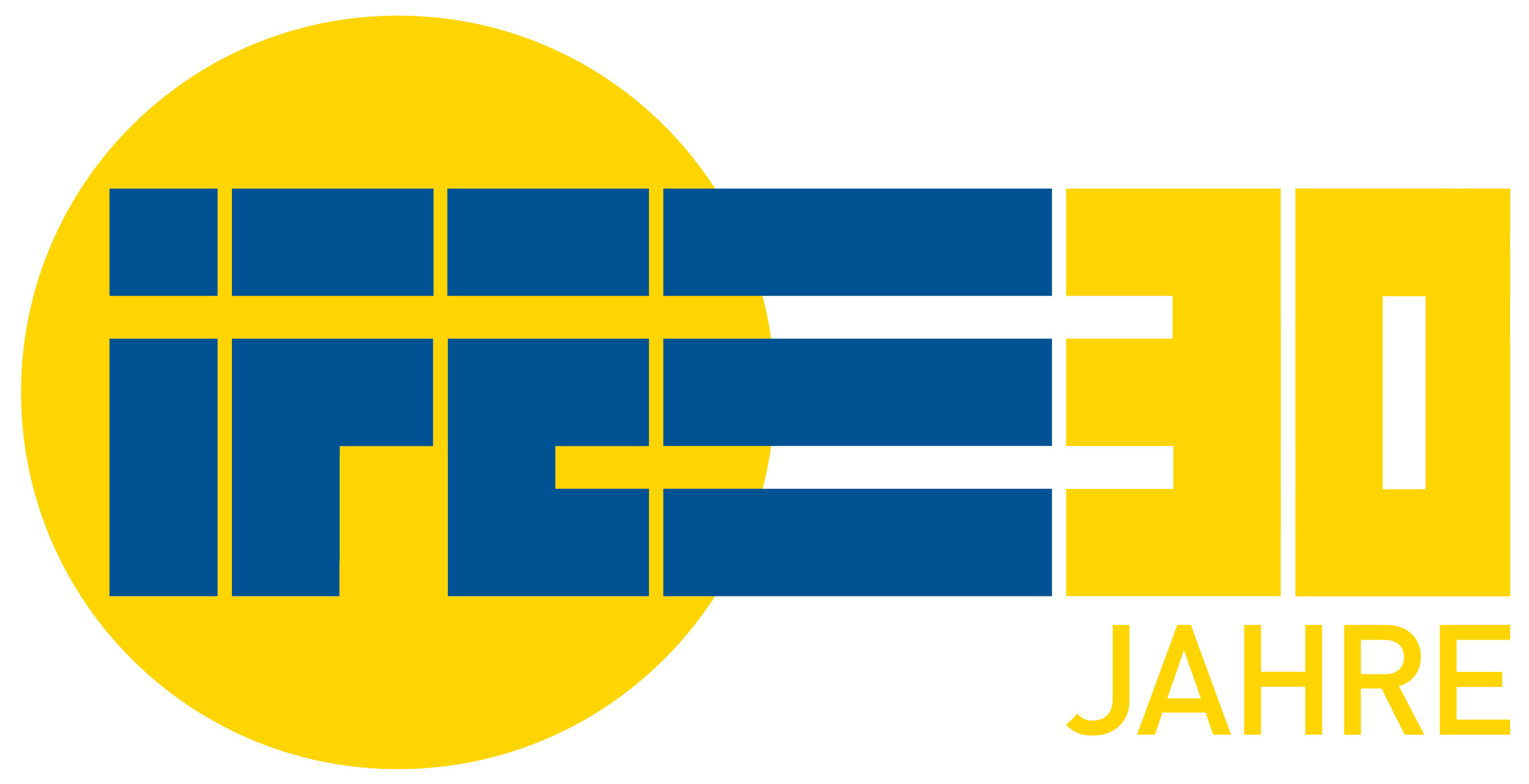| Temporal limitations mean the duration of a copyright. Originally the timely scope of copyright was limited to 14 years after publication and registration of a work, later with the possible renewal of the registration for another 14 years. The Copyright Act 1831 extended the duration to 28 years with a possible renewal of 14 years, the Copyright Act 1909 extended the renewal period to also 28 years. With the Copyright Act 1976 the entire copyright duration system was changed as publication or registration were no longer requirements for copyright protection. The duration for all works created after January 1st 1978 was subsequent 50 years after death of the author. Earlier published works had a copyright term of 28 years with a possible renewal of 67 years; this renewal was automatically made by the Copyright Renewal Act 1992. |

| The Sonny Bono Copyright Term Extension Act 1998tried to save the copyright protection especially for all popular contents (e.g. Mickey Mouse, music of George Gershwin) that are mainly created since 1923 for a longer period. (Note: Other initiatives demanded a duration of “forever minus a day” as Constitution forbids a copyright protection forever). |
(…) Upon the expiration of the copyright term, the work falls into the public domain. This means that anyone may perform the work, display the work, make copies of the work, distribute copies of the work, and create derivative works based on the work without first having to get authorization from the copyright holder. Essentially, the copyright holder no longer has the exclusive ability to exploit the work to their financial gain and no longer `owns' the work. The United States has international obligations to protect copyrights as well. The Berne Convention, originally drafted in 1886, is the international treaty which mandates basic copyright protection rules for its member countries. Currently there are over 100 countries that are members of the convention. The United States became a member in 1989. Under the Berne Convention, member countries must protect copyright for a term of life of the author plus fifty years. Under `the rule of the shorter term', member states need only protect the work of foreign authors to the same extent that they would be protected in their country of origin.
In 1995, the European Union extended the copyright term for all of its member states from life of the author plus fifty years to life of the author plus seventy years. As the world leader in the export of intellectual property, this has profound effects for the United States if it does not extend copyright term as well. European Union countries, which are huge markets for U.S. intellectual property, would not have to provide twenty years of copyright protection to U.S. works and the U.S. would lose millions of dollars in export revenues. Extending copyright term to life of the author plus seventy years means that U.S. works will generally be protected for the same amount of time as works created by European Union authors. Therefore, the United States will ensure that profits generated from the sale of U.S. intellectual property abroad will come back to the United States. Extending copyright protection will be an incentive for U.S. authors to continue using their creativity to produce works, and provide copyright owners generally with the incentive to restore older works and further disseminate them to the public. Authors will be able to pass along to their children and grandchildren the financial benefits of their works. (…) |
The current system of copyright duration is according to 17 U.S.C. §§ 302-304:

| Although the continuous extension of copyright protection term is widely attacked by academics and consumer organizations, the Supreme Court accepted the existing copyright term system (Eldred v. Ashcroft, 537 U.S. 186 (2003)). |



